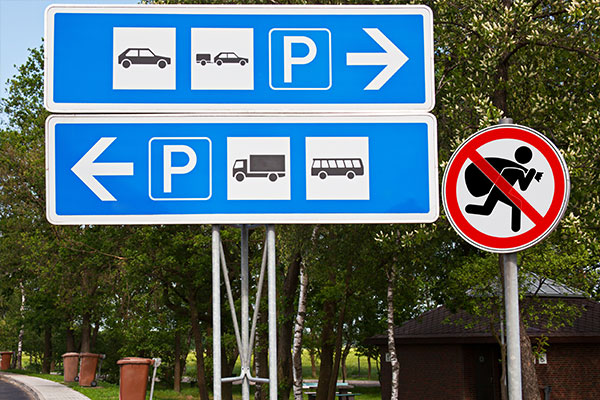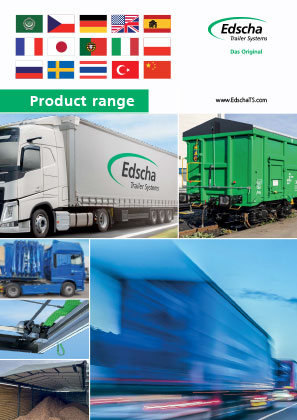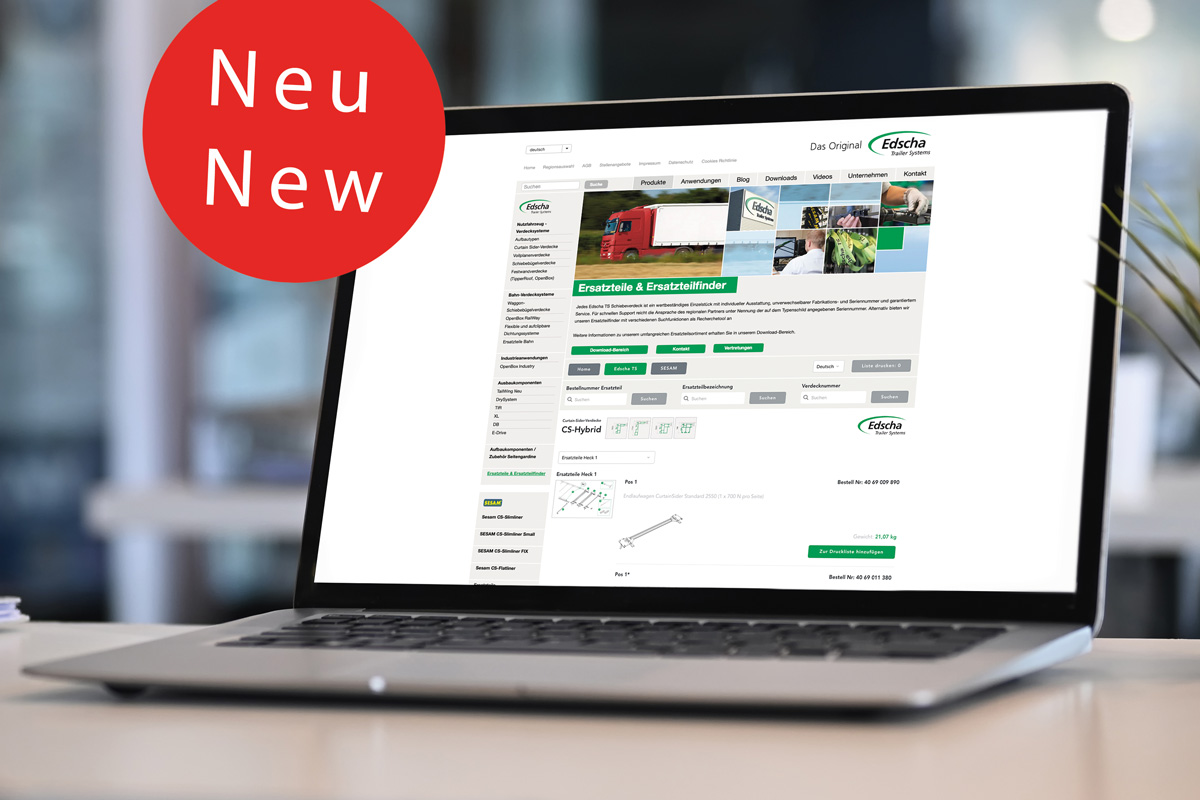Clever perpetrators
As a rule, the perpetrators are well organized, because you can't be very successful in this "business" without a certain amount of sophistication. This ranges from spying on the trucks to transporting the stolen goods away. In addition to "sounding out" the drivers, the perpetrators also rely on modern technology to find out what the truck's load is. They simply drill small holes in the tarpaulin or in the fixed wall and then use an endoscope to look inside the truck. The scene of the crime is usually unsecured parking lots, rest areas or car yards along the German autobahns. The thieves do not even stop in front of the certainly better guarded trucks in the depots of logistics companies. Most of the time, the perpetrators come at night, when darkness prevents their likely detection.
Prevention with de minimis funding
Smart prevention helps, but it can also cost a lot of money. What many logistics companies don't know is that the De-Minimis support program of the Federal Office for Goods Transport (https://www.bag.bund.de) also offers measures to protect against theft of trucks, tractor units, semitrailers and trailers. These include, for example, equipping a truck with an immobilizer or even a "panic button" for the driver so that he can establish a direct connection to the police "if the worst comes to the worst." Other measures include alarm systems on the vehicle, lockable coupling guards or cut-resistant mesh tarpaulins. Since there is not just "one" solution to truck and/or cargo theft, new or combined measures can also be funded under the de minimis program. These also include security systems used as part of modern telematics solutions. You can also read about what is being funded in the book "The De-Minimis 2022 Handbook" by Daniel M. Giel (ISBN: 9783755707967). It can be purchased in bookstores at a price of 34.90 euros.

Tips and tricks
Modern technology against cargo theft only helps if people also think and help. This starts with finding safe parking spaces at night that are well lit and - even better - well guarded. Valuables should not be displayed in the truck as if it were a store window. In the best case, there is even a small safe in the truck. Video or infrared surveillance is also suitable for the cargo, which can also be monitored by an external remote security service. Caution is also advised when strangers seek out the conversation and want to find out details about the truck load. Especially when transporting high-value goods, it is best to keep your "insider knowledge" to yourself. It is also not advisable to bring along hitchhikers. On the other hand, it is recommended to check the vehicle for changes in the load after a longer stop. And above all, don't play the "strong man" if something seems suspicious or you want to handle it yourself. The police are definitely "your friend and helper" in such cases.
The canopy as a visual protection
Logistics companies that operate "active" theft protection rely on a wide range of security systems in this area. For example, also on the protection of confidential data in the company. Or through a security classification of employees - depending on the customer or cargo. It is also advisable for drivers to report regularly from certain points or to be monitored via a GPS system. In this context, tarpaulins primarily provide visual protection for the transported goods and a first hurdle when "slitting tarpaulins". Mesh tarpaulins also make the thieves' work considerably more difficult. The proper design of these "theft-preventing tarpaulins" is now precisely specified in the current BKTex guideline. Incidentally, research on the subject is also being carried out at a number of German universities. This has resulted in products such as the so-called alarm tarpaulin, which makes a loud noise when a tarpaulin is cut open. Another future-oriented product is the "convoy solution" from Hamburg, which uses sensors to record and evaluate certain conditions around the truck. In the event of a match, the system then triggers an alarm. Last but not least, innovative soft top solutions, such as those from Edscha TS, convey stability and safety through their solid construction and high-quality materials, even in purely visual terms. Here, too, intensive thought and research is being done on how to put a stop to thieves once and for all.






